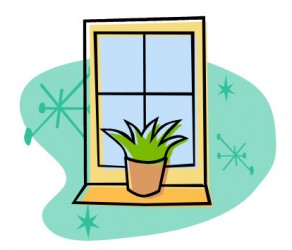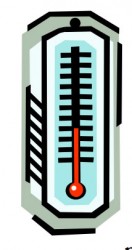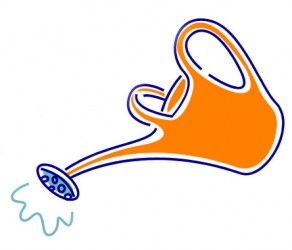Growing Chile Pepper Plants Indoors
They will need room to grow, the right temperature, light, water, air, nutrients, and time.
1. Room to Grow

2. The Right Temperature
Chile pepper plants like the same temperatures as humans. Some may like warmer temperatures while others may prefer more moderate temperatures. For best growth, it is always good to know which species prefer which environments. Many of the different types of ornamental chile peppers (Capsicum annuums) prefer lots of sun and moderate humidity. Habaneros and Scotch Bonnets (Capsicum chinense) prefer more moderate temperatures and higher humidity. Most chile pepper plants like to have cooler temperatures at night and especially don’t like being in direct hot or cold drafts.
3. Light
Chile pepper plants being grown indoors like bright light. Windows facing the south or west have the best light. Try to place the plants close to the window to take advantage of all the light. The further away from the window, the darker it becomes. A plant will let you know when it ISN’t getting enough light. The stems will be thin and the plant will lean toward the light. If you don’t have a bright window, try using grow lights. Make sure the light is at least six inches above the plants and leave it on for 14-16 hours each day.

4. Water

5. Air
Plants use carbon dioxide in the air and return oxygen to the air. Smoke, gases, and other air pollutants can damage plants. Remember that the plants need to breathe fresh air just like humans.

6. Nutrients
Most of the nutrients that a chile pepper plant needs are dissolved in water and then taken up by the plant through its roots. Fertilizers will help keep the soil supplied with the nutrients a plant needs. Don’t apply too much too often. Fertilizer won’t solve all of your plant problems, so make sure your plants have good light and good drainage. The three most important nutrients are nitrogen, phosphorous, and potassium. Nitrogen is used for foliage growth and is what gives plants a dark green color. Phosphorous helps plant cell division and aids in flower and seed production and in the development of a strong root system. Potassium helps fight off disease and provides for strong stems. A good balanced fertilizer for chile plants is a 15-15-15, which is stated on the package.
7. Time
It takes time to grow and care for chile pepper plants. Some species require more time than others. Getting plants to flower or fruit at a certain time can be challenging. Chile pepper seeds can take anywhere from 14-28 days to germinate, then another 90 days to produce fruit.

A Chile Pepper Institute publication, New Mexico State University © 2007